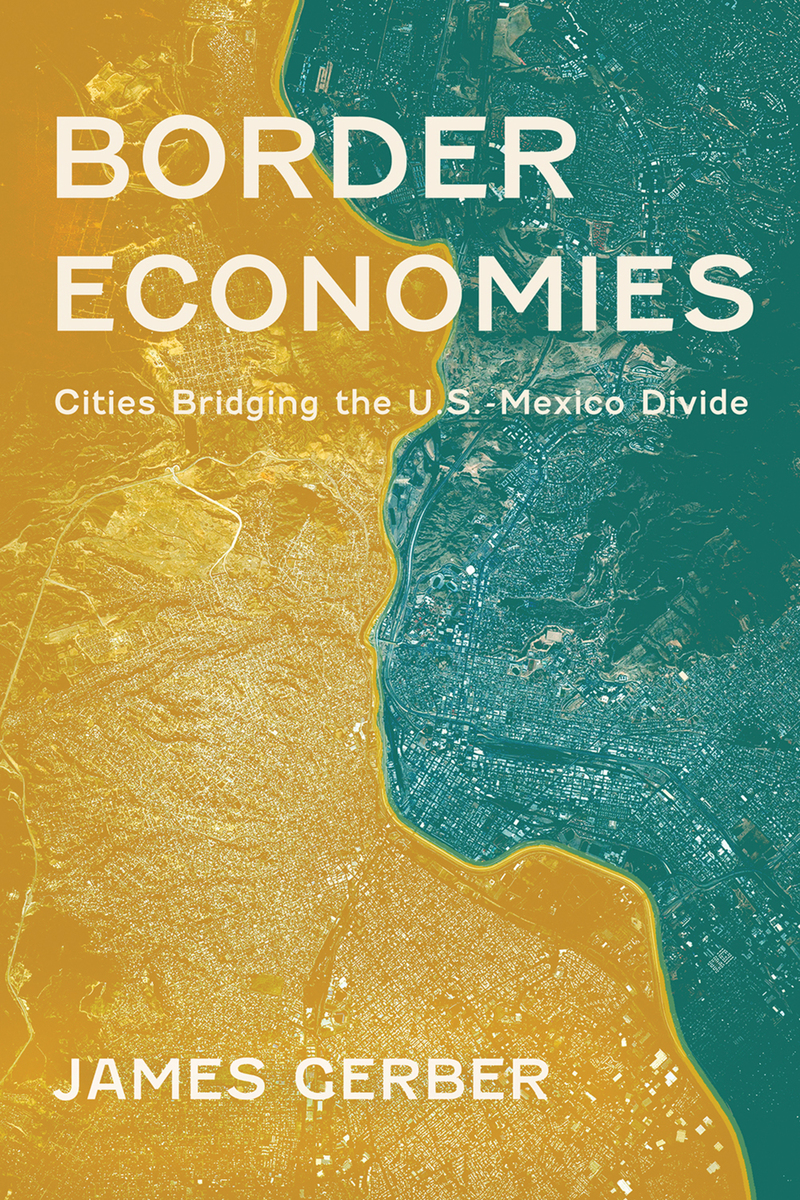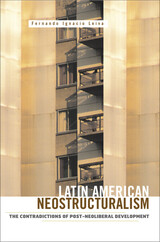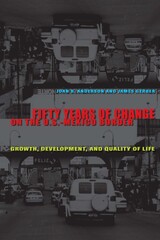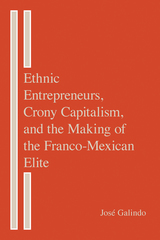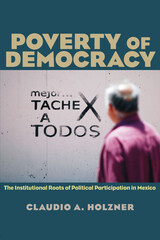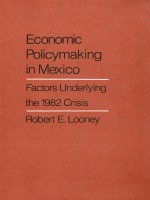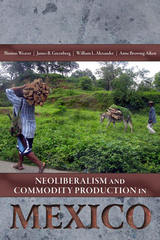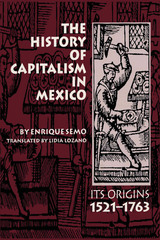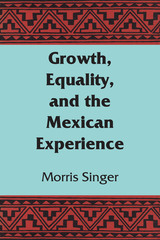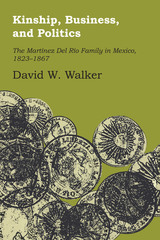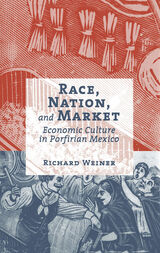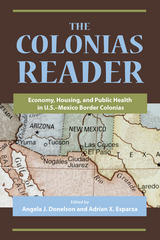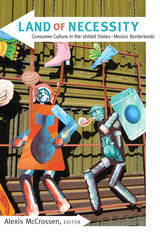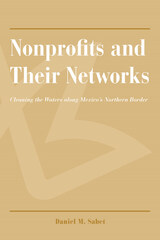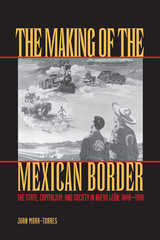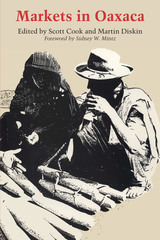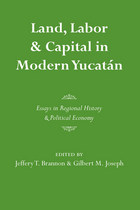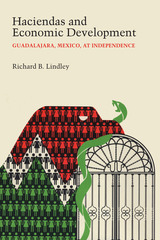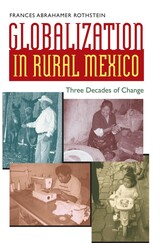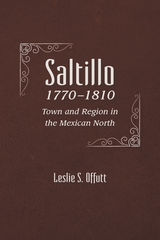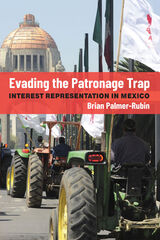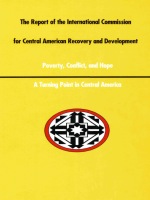Border Economies: Cities Bridging the U.S.-Mexico Divide
University of Arizona Press, 2024
Paper: 978-0-8165-5271-9 | eISBN: 978-0-8165-5273-3 | Cloth: 978-0-8165-5272-6
Library of Congress Classification HC137.M46G473 2024
Dewey Decimal Classification 330.9721
Paper: 978-0-8165-5271-9 | eISBN: 978-0-8165-5273-3 | Cloth: 978-0-8165-5272-6
Library of Congress Classification HC137.M46G473 2024
Dewey Decimal Classification 330.9721
ABOUT THIS BOOK | AUTHOR BIOGRAPHY | REVIEWS | TOC
ABOUT THIS BOOK
The border between the United States and Mexico is one of the most unique and complex regions of the world. The asymmetry of the border region, together with the profound cultural differences of the two countries, create national controversies around migration, security, and illegal flows of drugs and weapons. The national narratives miss the fact that the 15 million or more people living in the border regions of Mexico and the United States are highly interactive and responsive to conditions on the other side.
Enormous legal cross-border flows of people, goods, and finance are embedded in the region’s history and prompted by the need to respond to new opportunities and challenges that originate on the other side. In Border Economies James Gerber examines how the interactivity and sensitivity of communities to conditions across the border differentiates them from communities in the interiors of Mexico and the United States. Gerber explains what makes the region not only unique but uniquely interesting.
In Border Economies readers who want to understand the conditions that make the border controversial but also want to go beyond shallow political narratives will find an in-depth exploration of the economic forces shaping the region and an antidote to common prejudices and misunderstandings.
Enormous legal cross-border flows of people, goods, and finance are embedded in the region’s history and prompted by the need to respond to new opportunities and challenges that originate on the other side. In Border Economies James Gerber examines how the interactivity and sensitivity of communities to conditions across the border differentiates them from communities in the interiors of Mexico and the United States. Gerber explains what makes the region not only unique but uniquely interesting.
In Border Economies readers who want to understand the conditions that make the border controversial but also want to go beyond shallow political narratives will find an in-depth exploration of the economic forces shaping the region and an antidote to common prejudices and misunderstandings.
See other books on: Gerber, James | Immigration | Mexican-American Border Region | Social & Behavioral | Urbanization
See other titles from University of Arizona Press
